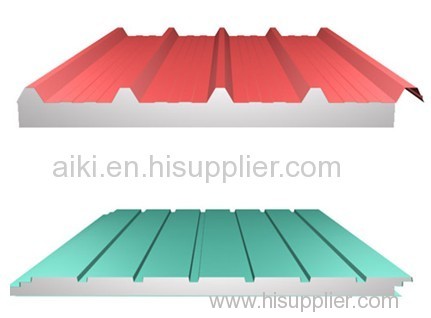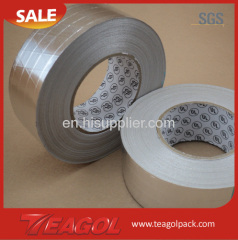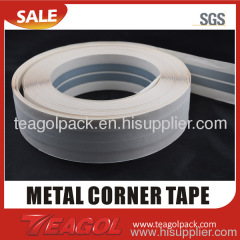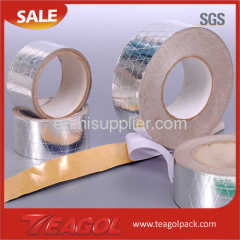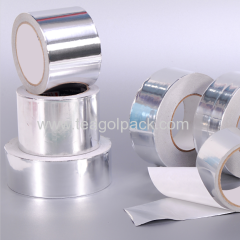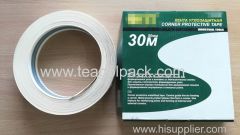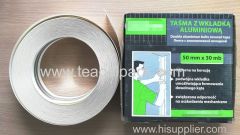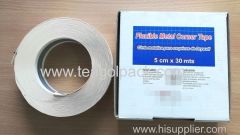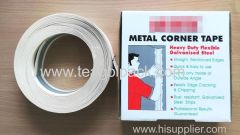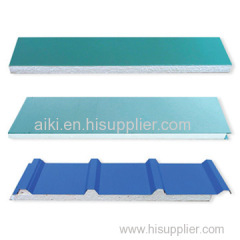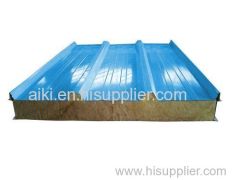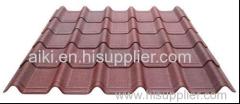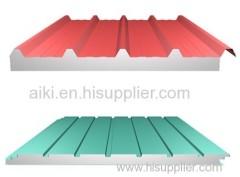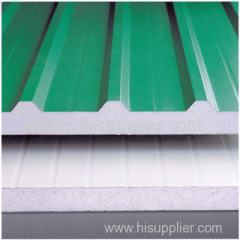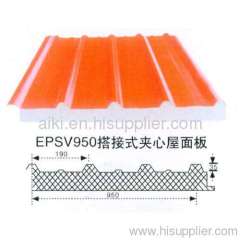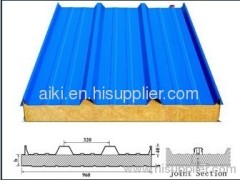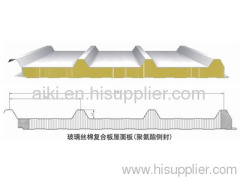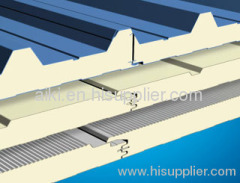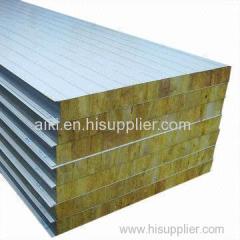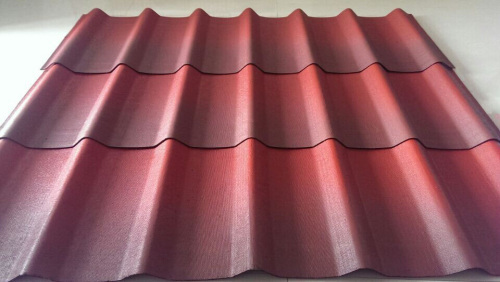
|
Qingdao Perfect Roof Co.Ltd
|
Sandwich Panels rockwool roof panels rockwool wall panels
| Price: | 5.0 USD |
| Payment Terms: | T/T |
| Place of Origin: | Shandong, China (Mainland) |
|
|
|
| Add to My Favorites | |
| HiSupplier Escrow |
Product Detail
Rock wool Core Panel
Advantages
It has excellent thermal and acoustic properties
It is fire safe
It is chemically inert and CFC and HCFC
Sandwich Panels
KRS Sandwich Panels consist of an insulation core with facings of flexible materials and are produced on a continuous laminating line using a two part polyurethane adhesive system. They are used in the building of insulated structures such as coldrooms, classrooms, distribution centers, freezers and abattoirs.
The core materials that can be used are expanded polystyrene (EPS), Rock wool, PU/PIC, POLYPHEN and extruded polystyrene (XPS).
The facing materials are pre-painted galvanized steel, Aluminum or GRP.
The standard width of panels is 950mm, 970mm, 1000mm and 1150mm.
Panels can be manufactured to any transportable length.
The panels have a male female INTA lock system and various face profiles can be produced. The profiles included are: flat, fluted, shadow line, micro rib and raised rib.
Advantages and Disadvantages of the different core materials
EPS Core Panel
Advantages
It is the most economic form of insulation
It is extensively used due to its insulation properties and high strength to weight ratio
It has a high resistance to water absorption
The flexible core is not easily damaged
Its relative low weight makes panel installation an easy process
Disadvantages
When exposed to a fire the core material starts softening from 90̊ C and the panels lose their structural integrity
The core material ignites at 350̊ C in air
Rock wool Core Panel
Advantages
It has excellent thermal and acoustic properties
It is fire safe
It is chemically inert and CFC and HCFC free
Disadvantages
The price is higher
The panels are fragile and need to be handled carefully
The panels can delaminate with dynamic loading of excessive foot traffic
The core materials are imported which adds 8 weeks lead time to the start of installation
The high panel weight requires mechanical equipment for installation
PU Cored Panel
Advantages
The panels are made using fully cured Polyurethane foam slabs
They are CFC free but not HCFC free
Although Polyurethane is not non combustible, it does not burn in the same way as EPS
Polyurethane panels, when subject to fire, forms a carbonaceous layer which retards further flame spread and maintain integrity for longer
Disadvantages
Polyurethane core can break
The panels need to be handled carefully
When burning, the core of the panel emits toxic fumes (Cyanide gases)

